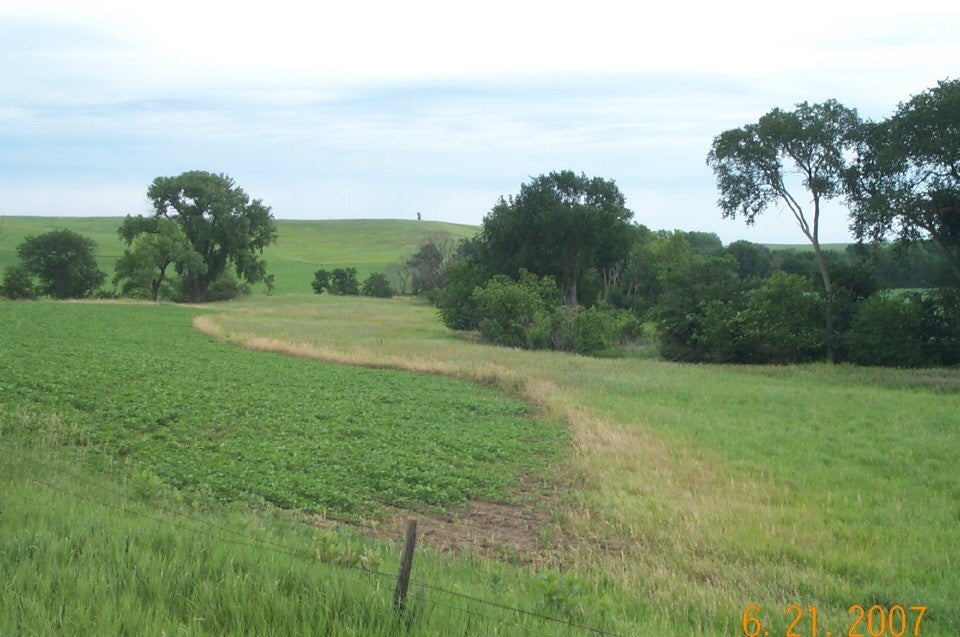Nebraska Buffer Strips
The Nebraska Buffer Strip Program is designed to filter agri-chemicals such as fertilizers and pesticides from cropland adjacent to perennial and seasonal streams, ponds, and wetlands. Buffers provide an area to slow down water from rain events allowing suspended sediment and chemicals to drop out before reaching surface water bodies. Landowners are paid to enroll existing cropland (in annual crops or legumes as part of a rotation) adjacent to perennial and seasonal streams, ponds and wetlands into the buffer strip program..
Eligible buffers are;
Filter strips which are narrow strips of grass planted along water bodies. The minimum and maximum eligible width for filter strips is 20 and 120 feet respectively.
Riparian forest buffers which consist of grass, trees and shrubs and also adjacent to water bodies. The minimum and maximum eligible width for riparian buffers is 55 and 180 feet respectively.
Rental rates are variable and payments cannot exceed $250 per acre.
The Department of Agriculture’s Buffer Program has fewer restrictions for haying and grazing than with some USDA conservation rental programs. The program can also be used in conjunction with the USDA Conservation Reserve Program (CRP) or Conservation Enhancement Program (CREP) . More information is available on Nebraska’s Department of Agriculture’s website at http://www.nda.nebraska.gov/pesticide/buffer_strip.html. Contact your local NRCS or the LCNRD office for more information or to begin your application process.

